Read text file into R as a character vector.
genome.sequence <- scan(file = sequence.file, what = "character")
Read text file into R as a character vector.
genome.sequence <- scan(file = sequence.file, what = "character")
LaTeX version control
Aller ici todonotes
http://midtiby.blogspot.com/2008/07/todonotes-version-2008-07-28.html
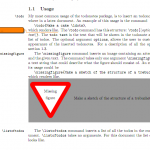
Good for leaving comments.
Image placeholder.
découvrez ici maintenant trackchanges
http://trackchanges.sourceforge.net/index.html
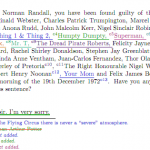
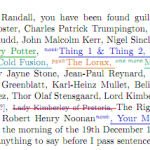
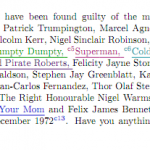
Margin, footnote, inline options to display the changes.
GUI to accept changes. Python installation is required.
essayez ce site changes
http://www.ctan.org/tex-archive/macros/latex/contrib/changes
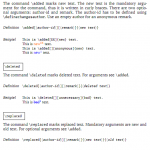
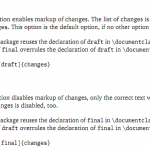
Draft and final options. Easy to make final output without running another utility or scripts.
latexdiff
http://www.pppl.gov/~hammett/comp/tex/latexdiff.html
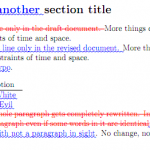
Edit the LaTeX source file without extra tags so the source remains clean.
This Perl script generates another LaTeX file for review.
Perl installation is required.
Using rsync to sync files.
rsync -avh source_folder/ target_folder/
Additional options
By the way, “/home/user/dir/” and “/home/usr/dir” are not the same thing to rsync. Without the final slash, rsync will copy the directory in its entirety. With the trailing slash, it will copy the contents of the directory but won’t recreate the directory.
For more explanations, check this nice post.
http://www.linux.com/news/enterprise/storage/8200-back-up-like-an-expert-with-rsync
R graph by examples
http://rgraphics.limnology.wisc.edu/index.php
functions depending on the data types in R
[table id=1 /]
Differences in single argument subscripting in matrix and data frame.
Even though the two variables look similar, the results are different depending on the data type.
The single argument scripting of data frame returns a column, while matrix returns an element according to its position as matrix is a vector.
> class(my2) [1] "data.frame" > my2 a1 b c a1.1 1 10 20 30 35 2 10 20 30 35 > my2[1] a1 1 10 2 10 > class(my2.matrix) [1] "matrix" > my2.matrix a1 b c a1.1 1 10 20 30 35 1 10 20 30 35 > my2.matrix[1] [1] 10
Prevent drop dimension attribute by drop = FALSE.
test.matrix <- matrix(1:15, nc=5)
> test.matrix[1, ]
[1] 1 4 7 10 13
> test.matrix[1, , drop=FALSE]
[,1] [,2] [,3] [,4] [,5]
[1,] 1 4 7 10 13
Subscripting in R
[ gives the same data type as the data it is applied to.
[[ and $ extract the element and the data type is not necessarily the same as that of the data it is applied to.
$ does partial matching.
[ and [[ don’t.
$ does not evaluate.
[ and [[ evaluate their arguments.
declare a list and adding an element in R
test.list <- list() test.list[['key']] <- value # adding an element test.list[['key']] # retrieve the element
Tiling a big image into smaller ones using ImageMagick
convert -density 200 -crop 100x100 remodelling.pdf remodelling_tile%d.png